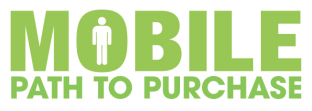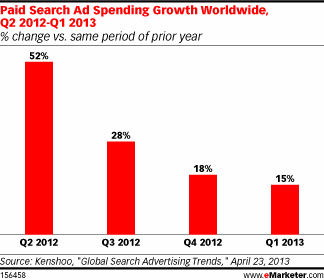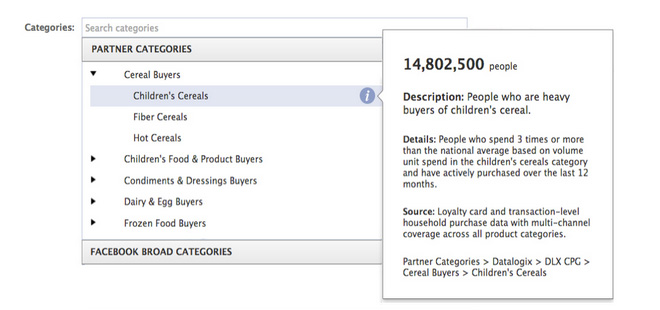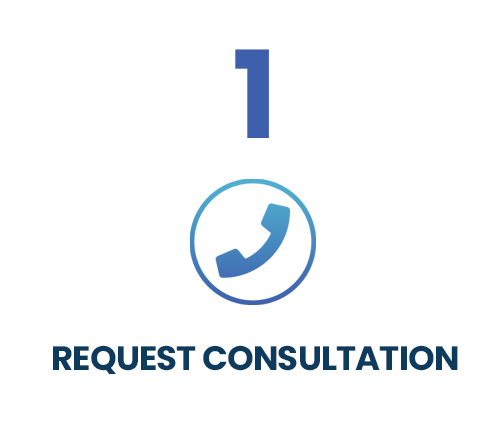5 Years of Product and Customer Data Gone
Is your website backed up regularly? Do you have a contingency plan in place if your website is infected with malware (malicious software) or hacked? If not, you’re playing with fire, and it is all but guaranteed that eventually your website will be attacked, resulting in potentially catastrophic data loss.
Recently, one of our clients who hosts an e-commerce store on GoDaddy contacted me to see if I could help figure out why their site was down. So, I looked into it, and discovered that their database had been completely wiped out. That’s over 1,000 products and 5 years of customer data gone, just like that, and they had not been backing up their database.
GoDaddy Will Have a Backup, Right?
I proceeded to contact GoDaddy, and was told that for $150 they could restore the database, and that it would take 7-10 days. That’s good news, but I wanted to know how this happened, so it could be prevented in the future. They couldn’t give me an answer. They just said nothing had been done on their end that would have caused removal of the data. Translation, “It’s not our problem.”
Upon further investigation, GoDaddy realized they actually did not have any backups of this database, and proceeded to remind me that the customer is responsible for maintaining all backups per their Terms of Service. Whoops! Now, the $150 GoDaddy restore was no longer an option.
The result? This client will now have to rebuild their e-commerce store from scratch.
While I’m extremely dissatisfied with GoDaddy’s lack of support regarding this issue (though the customer support reps I spoke with were very nice), this could have happened with any hosting provider. The only way our client could have prevented this was by maintaining regular backups.
Bottom Line
The bottom line is if your site is ever compromised, regardless of the reason, it will be your responsibility to fix it. Without backups, fixing may mean rebuilding. Your website is an investment, and performing regular backups is a cheap insurance policy.
If you haven’t backed your site up lately, I recommend starting now.















